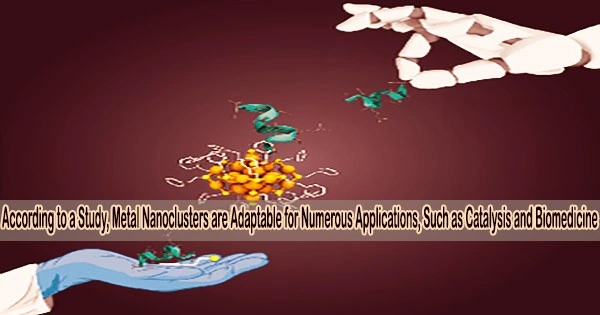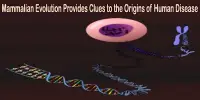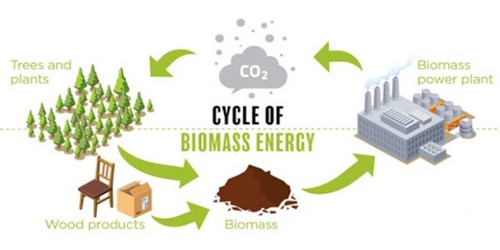Metal nanoclusters are nano-sized clusters composed of metal atoms. These clusters typically consist of a few to several hundred metal atoms, and their unique properties arise from the quantum effects that dominate at this small scale.
Researchers from the University of Jyväskylä’s Nanoscience Center in Finland highlight the special qualities of nanometer-sized metal clusters that make them suited for a range of applications in catalysis, bioimaging, sensing, and targeted drug administration in a recent comprehensive review study.
The customizable, atomically exact structure of the nanoclusters allows for adjustments of their physical and chemical properties through close interaction between computational modeling and experimental characterization, which enables the vast range of applications.
The inorganic metal core of the metal nanoclusters is made up of metal atoms like gold or silver, or a mix of noble metals and transition metals, and they have a hybrid inorganic-organic structure.
A coating of organic ligand molecules, such as thiols, phosphines, carbenes, or alkynyls, surrounds the metal core as protection. The metals used in the inorganic core, whilst the organic ligand shell determines the solubility and functionality of the clusters in relation to their environment determine the physical characteristics of the clusters.
Metal nanoclusters exhibit different properties compared to their bulk counterparts due to the increased surface-to-volume ratio, which leads to enhanced reactivity and distinct electronic and optical properties.
We were very happy be invited to write this comprehensive review article to one of the best journals in the field, which also recognizes our long-standing research tradition in science of metal nanoclusters in Jyväskylä. We hope that this contribution catalyzes even stronger global research efforts in this still rather narrow, but rapidly growing field of nanoparticle research.
Professor Hannu Häkkinen
To functionalize binding to biomolecules like single peptides or proteins, for instance, ligands that render the cluster soluble in water might be utilized.
As a result, the clusters can be used as imaging agents for proteins or viruses using electron microscopy or fluorescence spectroscopy, as precise drug delivery systems when both medications and target-recognition peptides are present in the ligand layer, or as photosensitizers in photodynamic therapy that start photochemical reactions that result in reactive oxygen species.
The small size of the clusters, up to a couple of hundred metal atoms, makes them amenable for high-accuracy computational modeling.
“Although metal clusters have been investigated for decades, it is only rather recently that attention has turned to their wide application potential ranging from catalysis to biomedicine,” says the lead author of the review article, Dr. María Francisca Matus from the University of Jyväskyla.
“We are confident that these special nanosystems will offer a great, yet unexplored application potential particularly in biomedicine where true atomic-scale accuracy is needed to design efficient, biocompatible and safe solutions in advanced nanotherapies.”
“We were very happy be invited to write this comprehensive review article to one of the best journals in the field, which also recognizes our long-standing research tradition in science of metal nanoclusters in Jyväskylä. We hope that this contribution catalyzes even stronger global research efforts in this still rather narrow, but rapidly growing field of nanoparticle research,” concludes the senior author of the article, Professor Hannu Häkkinen.
The findings are published in the journal Nature Reviews Materials.
















